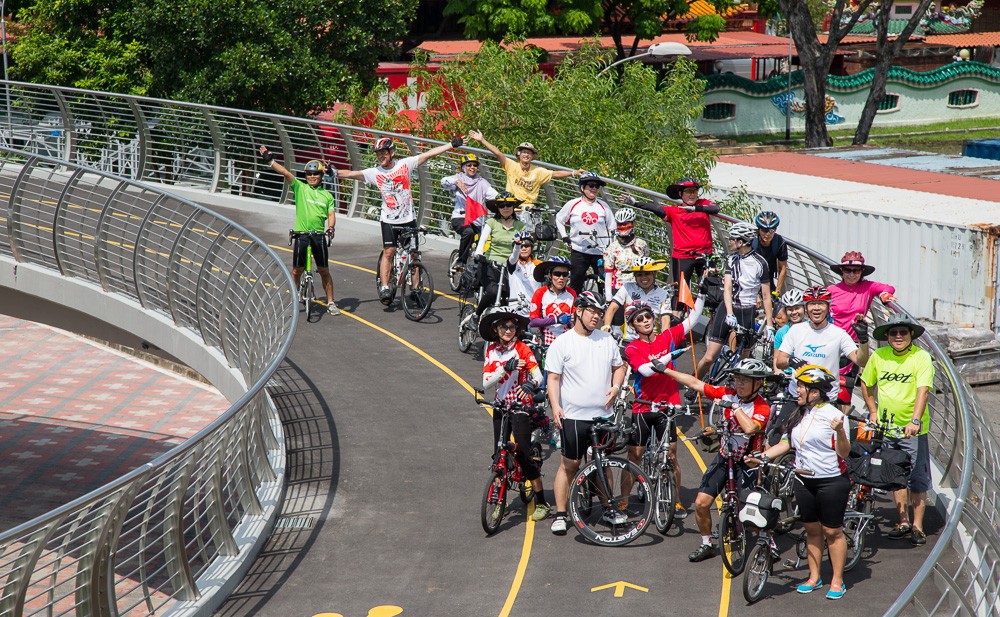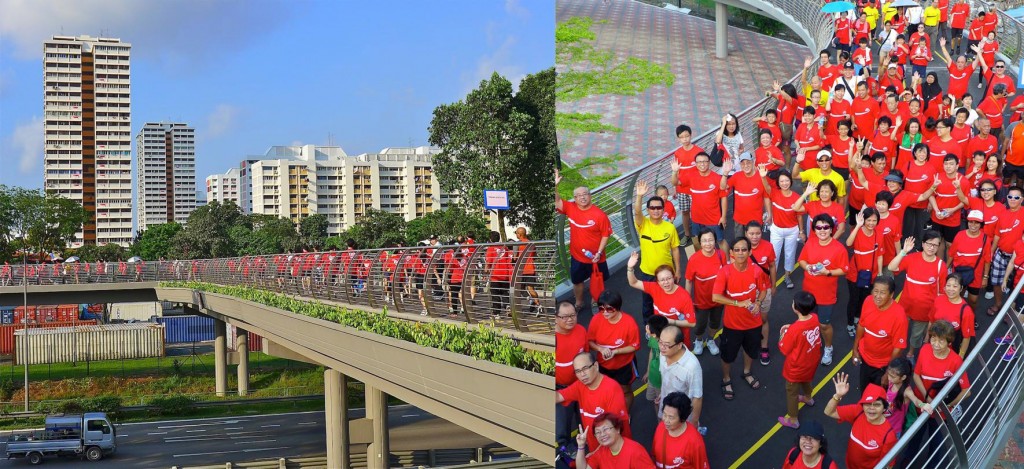Park Connector Network (PCN) was first started in 1991 to connect parks, nature sites and housing estates island wide. The intention was to increase accessibility to recreational spaces for Singaporeans. Over the years, PCN not only provides enhanced accessibility but also became a platform for interaction with nature and to promote community building. For example, NParks regularly organized events such as guided rides and community tree-plantings. What is more heartening to know is that the community has developed a sense of ownership. Members of the public not only help to co-organize cycling events but also actively contributed ideas on how to improve PCN.
This year marks the 25th anniversary of PCN with a total of 300km Park Connectors completed. The network will continue to expand with the upcoming Round Island Route, a continuous green corridor that loops the entire Singapore to connect 3.5 million of Singaporeans. NParks will be involving the public to decide where the Round Island Route will reach. Involving the public in decision making not only helps to make better decisions by taking into account the perspectives of facility users but also helps to create a common vision and a sense of ownership.
Credit: SPH Razor
Coney Island
This is Singapore’s latest nature destination that is quick to gain popularity among Singaporeans because of its rustic charm. This park is built to be ecologically sustainable with the objective to protect its wide variety of flora and fauna, which some of them are nearly extinct. Sustainable practices such as water and energy conservation, and recycling are used to maintain the park. For example, rainwater is used to flush toilets, solar energy is used to generate electricity, and the timbre of fallen Casuarina trees are recycled to make park signage and benches.
Accessibility is one key reason why it is more popular than Pulau Ubin. Whereas Pulau Ubin is only accessible by boat, Coney Island Park is connected to 3 Punggol parks via park connectors. This is a good example to show the importance of convenience in getting people to connect with nature.
Coney Island Park is definitely a good place to escape from the hectic urban lifestyle and learn about the wildlife not seen on mainland. Visitors can try spotting the famous free-roaming Brahman cow on the island!
Other Benefits of Urban Parks and Green Spaces
Besides offering opportunities for recreational activities, these environments also contribute positively to people’s psychological well-being. This can be partly explained by the Attention Restoration Theory (ART) which states that we use our cognitive resources to focus our attention on current tasks and to avoid distractors. Cognitive resources will be depleted but can be restored in certain environment, especially those that consist of natural elements. Natural environments give people the feeling of “being away” as they temporarily remove people from their daily demanding activities. This temporary escape helps to reduce stress and improve mood which is especially important in a stressful city like Singapore.
If you take a train in Singapore, it is not difficult for you to spot children with a smartphone or tablet in their hands which is bad for their development. Natural environment on the other hand, stimulates cognitive abilities such as concentration and problem-solving as unstructured environments spur creativity. Hence, having green spaces near homes benefit both parents and children, and at the same time increase family bonding.






